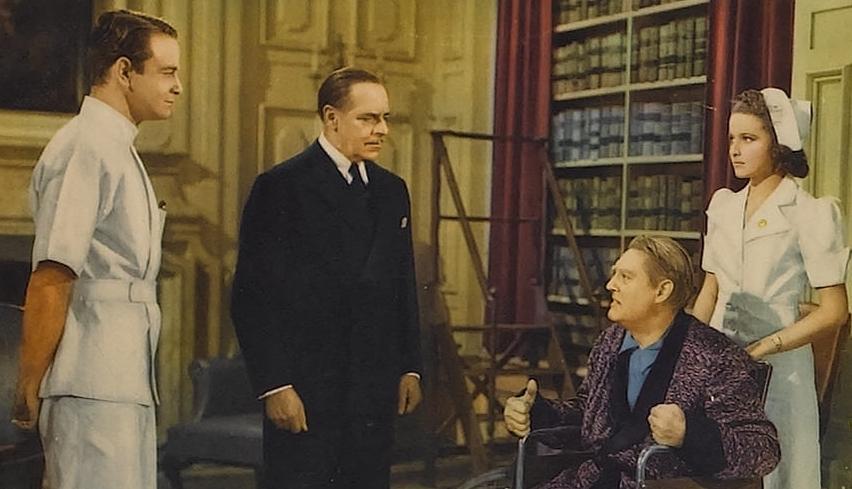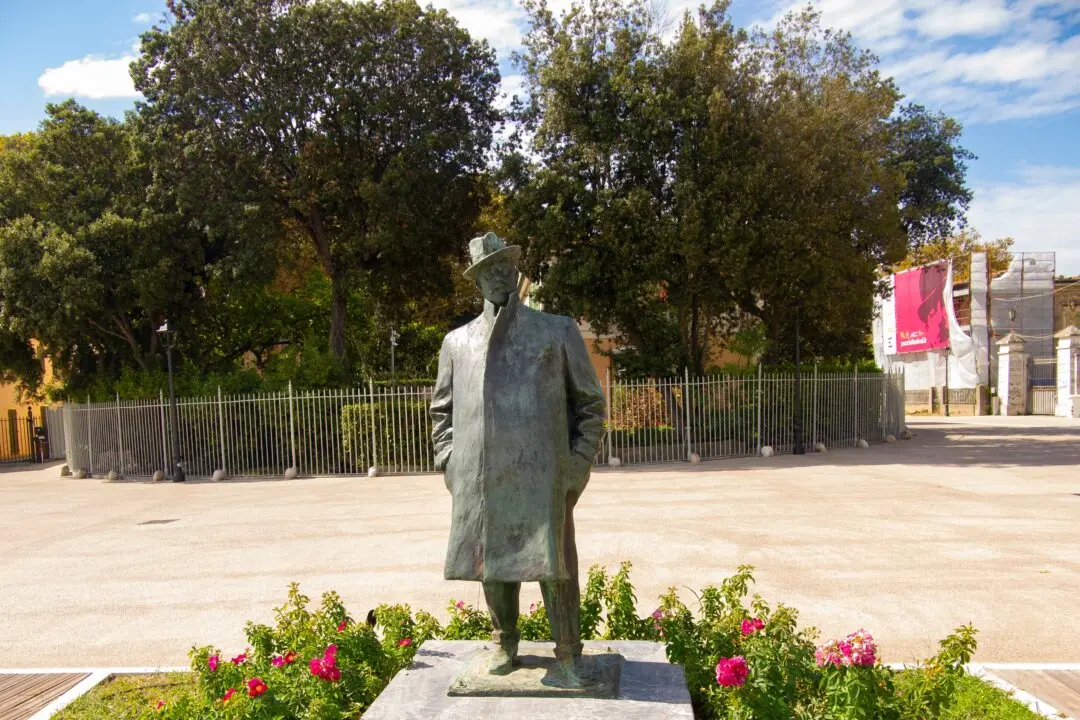Commentary
Medical dramas have been popular subject matter for television series for years now. “General Hospital,” “Scrubs,” “Grey’s Anatomy,” and many more have capitalized on the public’s fascination with the drama behind closed hospital doors. Before these popular series captured people’s morbid imaginations, however, America’s favorite medical drama was “Dr. Kildare.”





